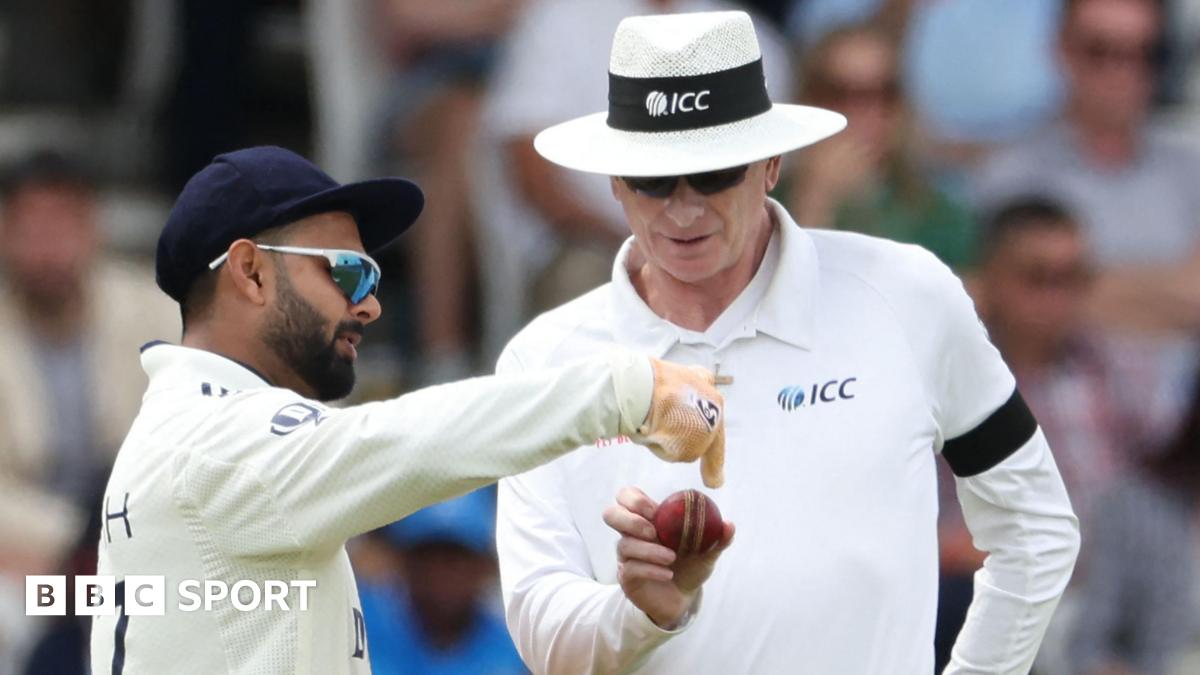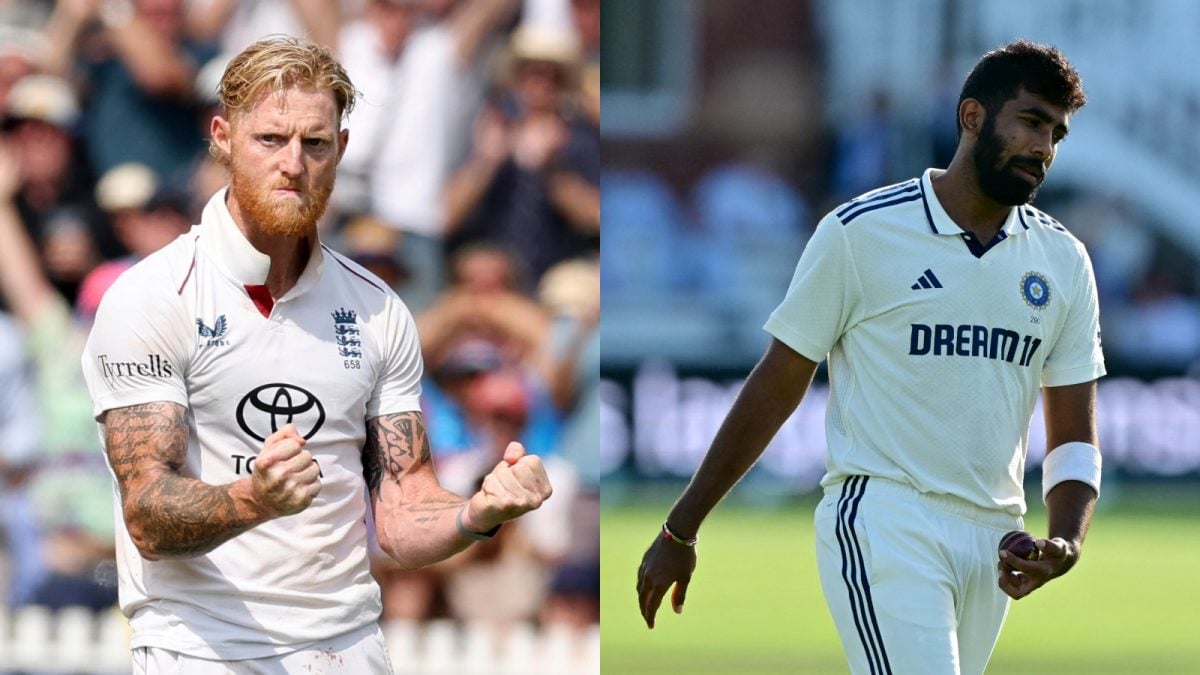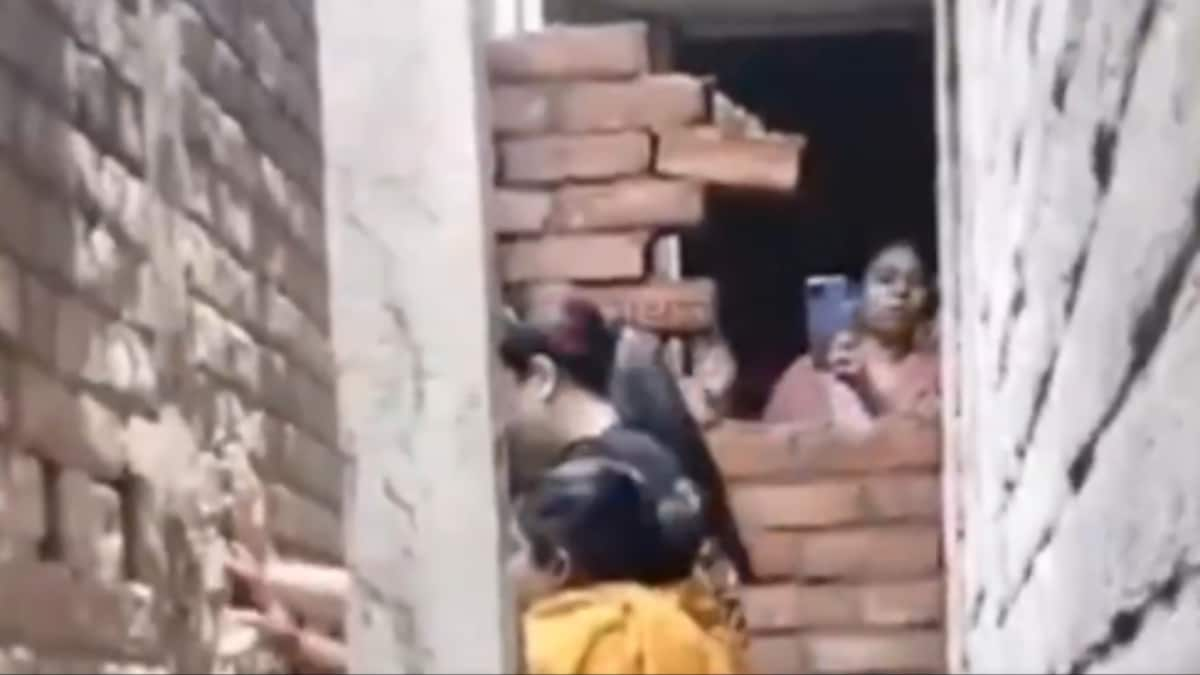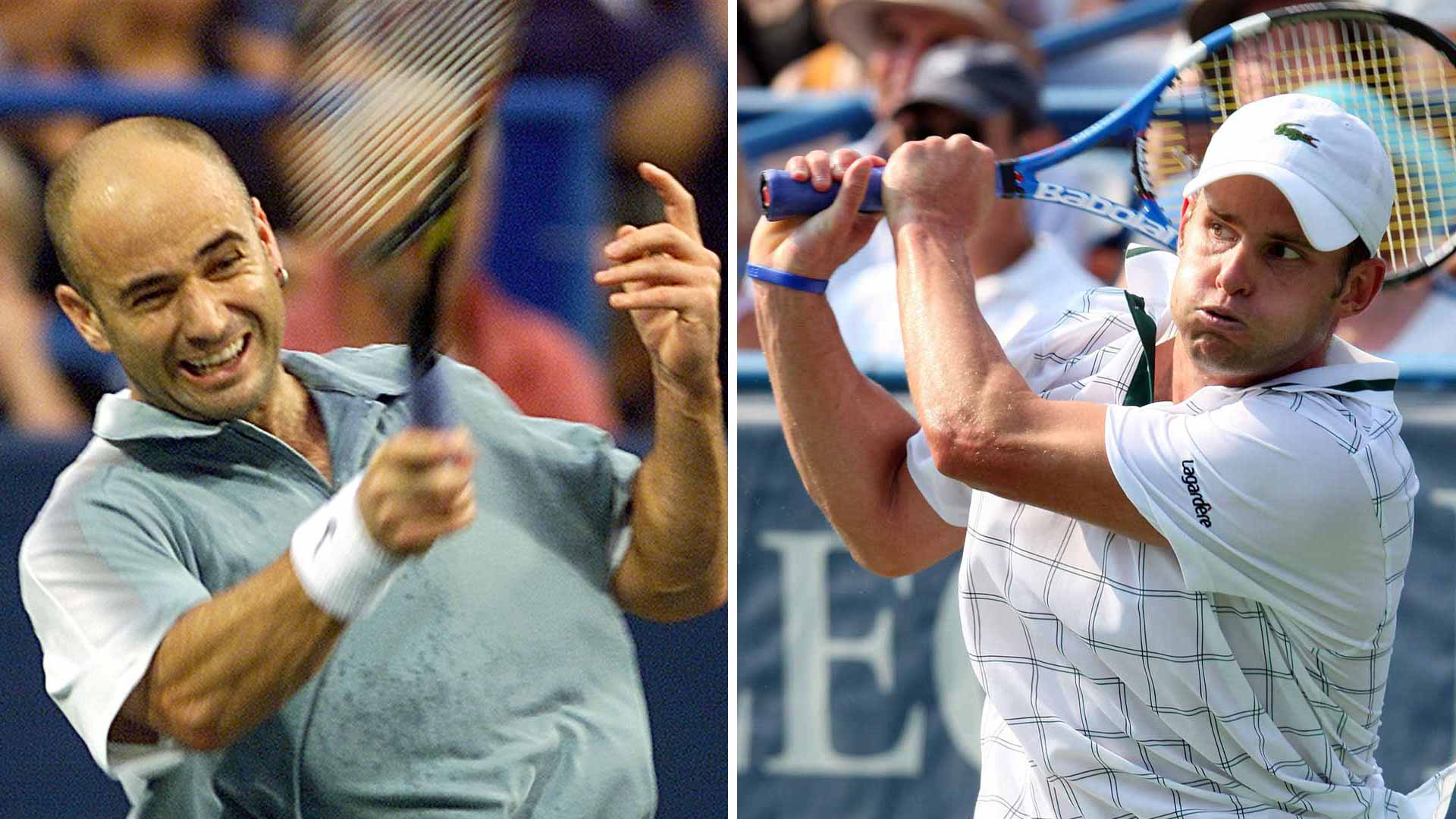England v India: Balls to be examined by Dukes after 'soft' issues

The process for making the Dukes remains a traditional one.They are still produced from cork, wound in string, cased in leather and held together by a hand-stitched seam. The cow hides that provide the leather are also dipped in dye, providing further variation.Jajodia says there could be a number of factors at play."One is the raw materials which are natural and then has to be moulded and put together by a human being," he said."Obviously the major aspect of a cricket ball is the leather that holds the whole thing together, and if the fibres that form the animal skin has got some sort of weakness or inherent problem that's something we can only find if it fails by further inspection and investigation."He added: "Covid did have a very serious effect on all sorts of businesses."In the whole process of tanning leather I would expect changes in personnel, whether either they passed away or decided that it was all too difficult."Also it may be some of the chemicals are not available any more because companies are going out of business. It could be the cattle themselves or it could be the processes."There is literally almost one tanner left that does cricket ball leather so there's not a choice. You have to work with the tannery to make sure that they produce what you want and by and large they do."Jajodia also believes the modern game, with bigger bats, more sixes and harder playing surfaces may also be a factor."The unique nature of cricket is that you can't test that ball before it goes into play so therefore, if it fails, it fails in use and at the very highest level it's in the glare of publicity," he said."All we can do to check everything as thoroughly as we can during the whole process of making the ball."










